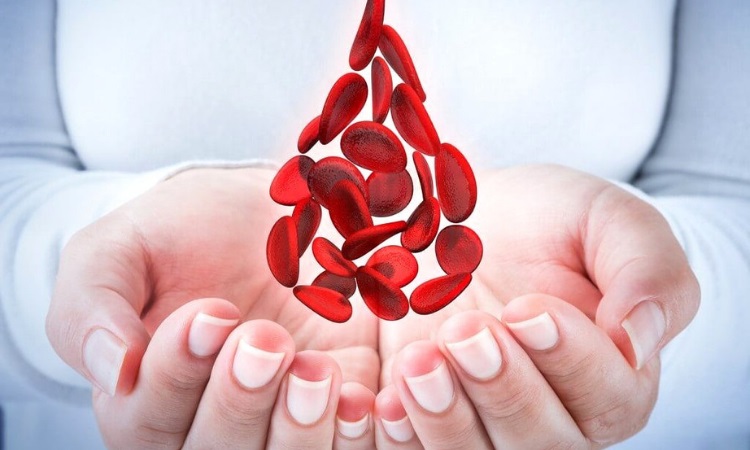A pulmonary embolism is a blood clot that occurs in the blood vessels that supply the lungs. Embolisms tend to form when plaque on the walls of arteries or veins breaks off and becomes engorged with clotting factors. If they grow large enough, they can lodge in narrower sections of blood vessels, cutting off blood supply and starving the surrounding tissue of oxygen.
Pulmonary embolisms can be life-threatening. Occasionally, they can block blood from large regions of the heart and lungs – tissues that are necessary to sustain life. Thus, patients who suspect they have the condition should seek immediate medical assistance.



